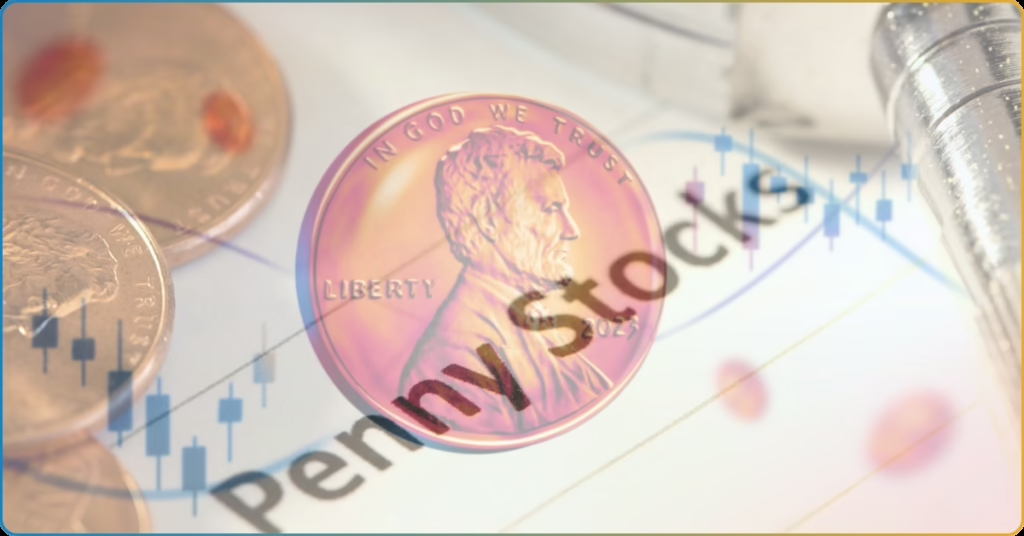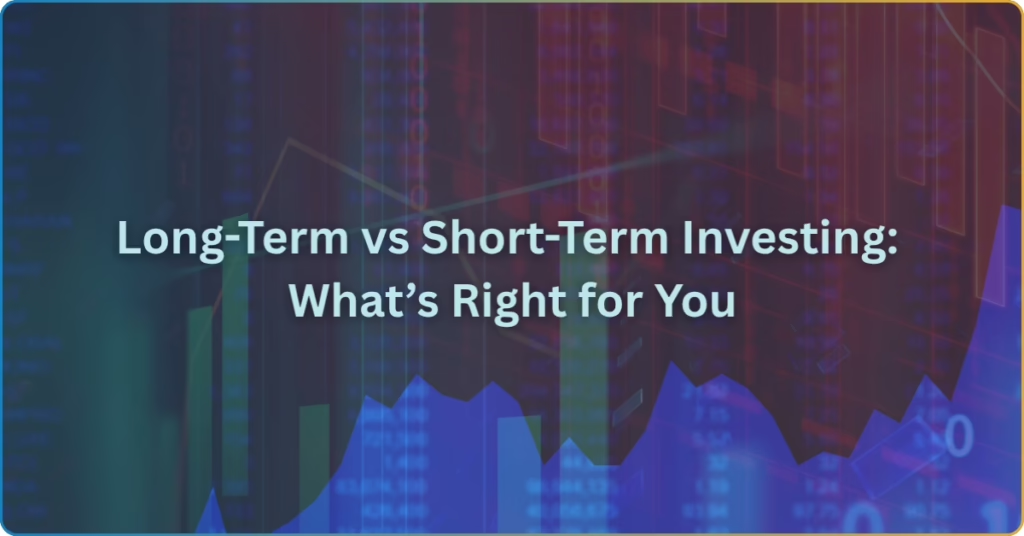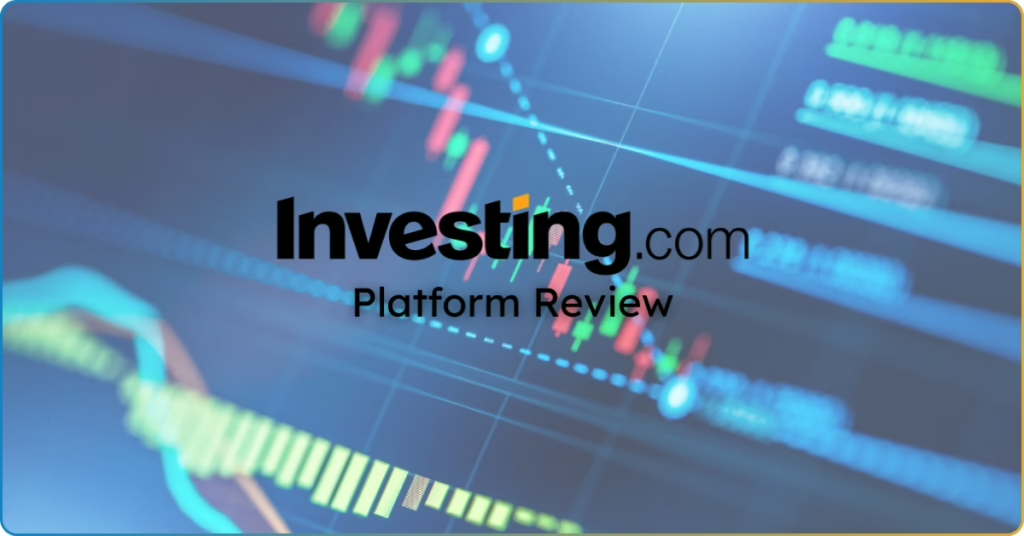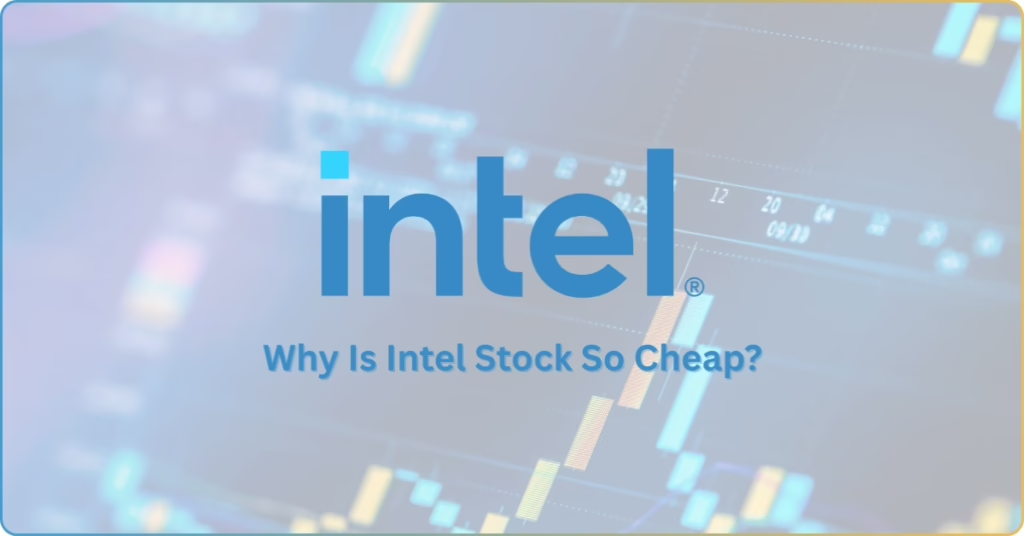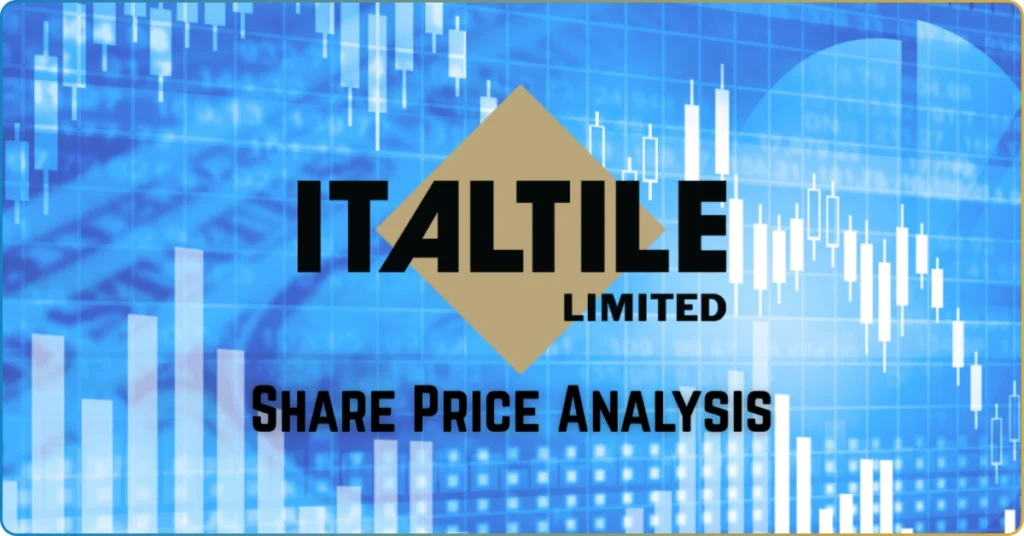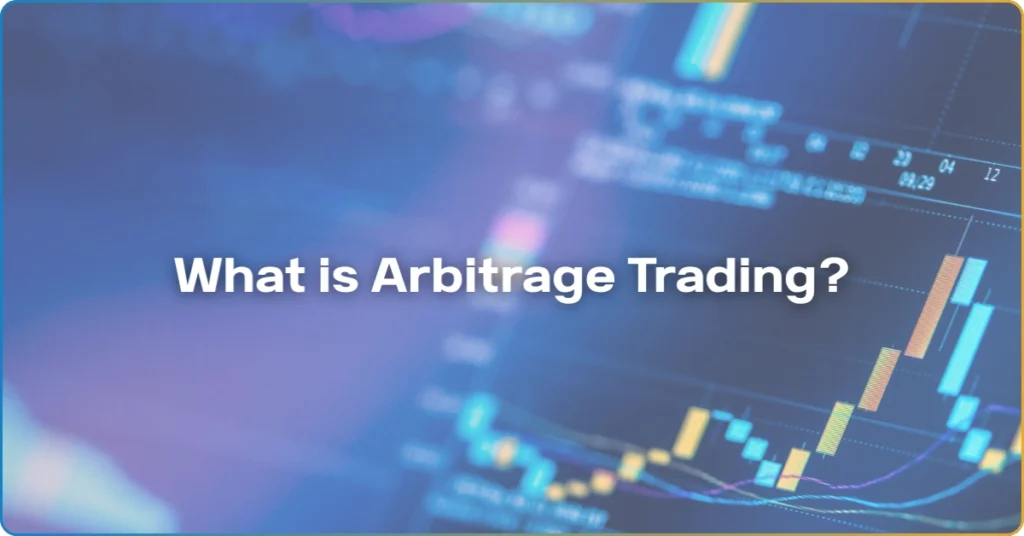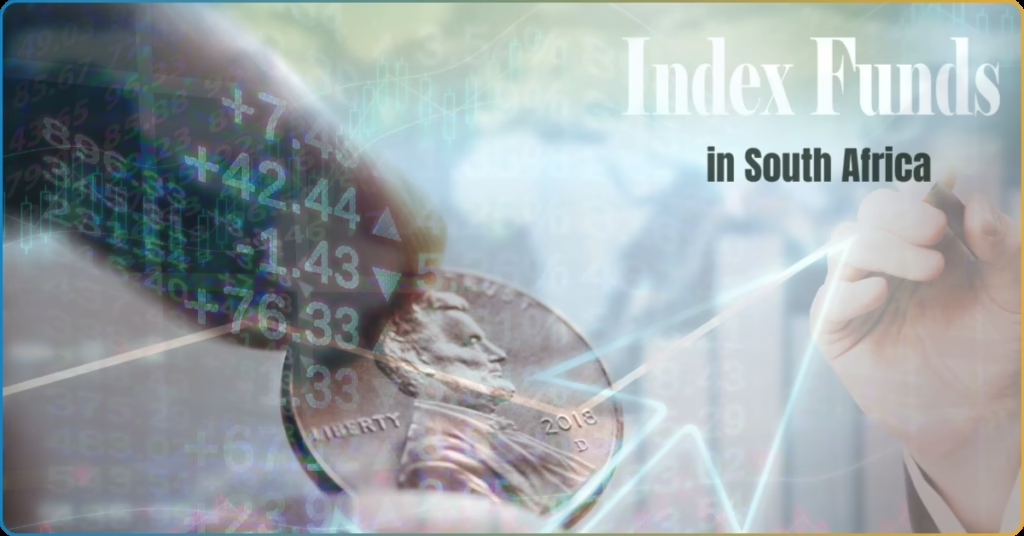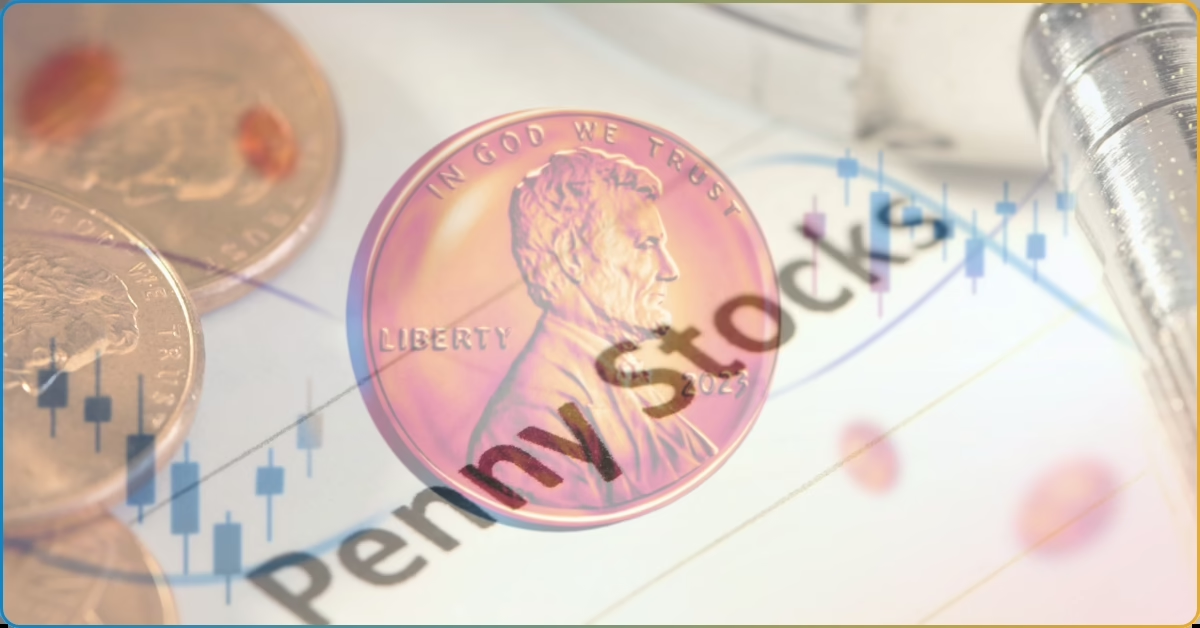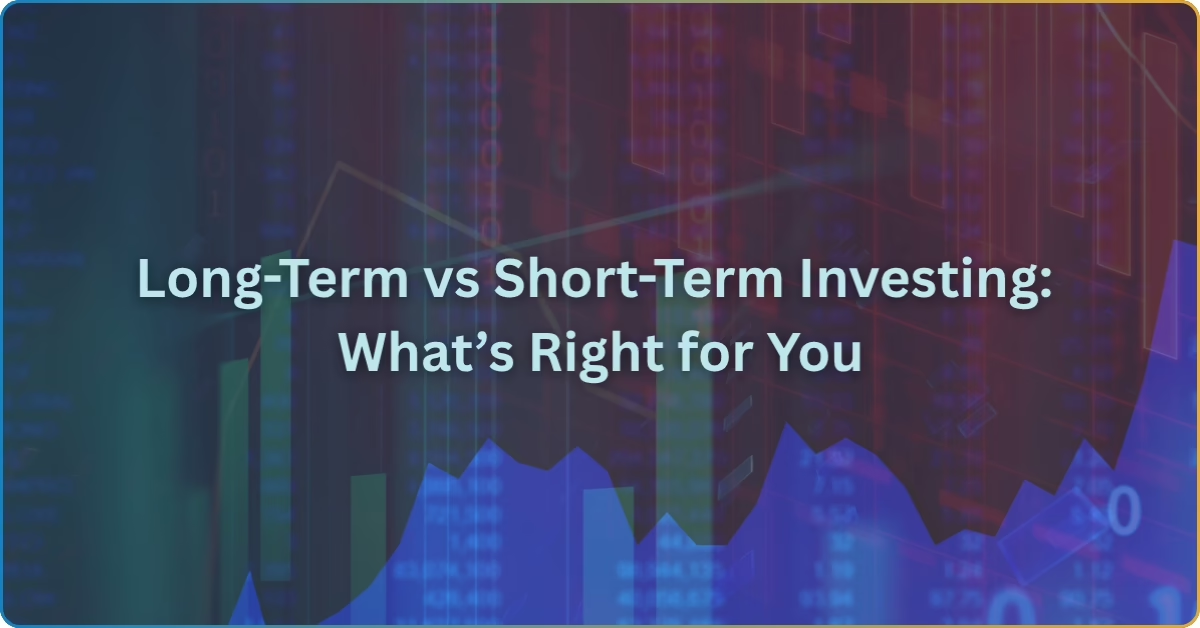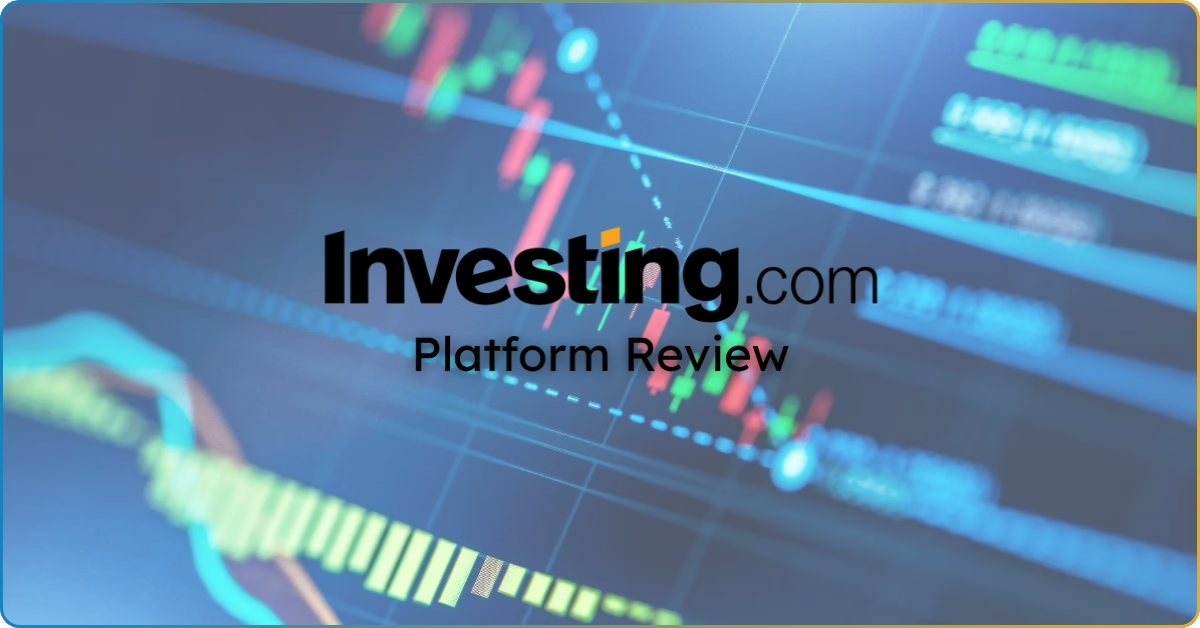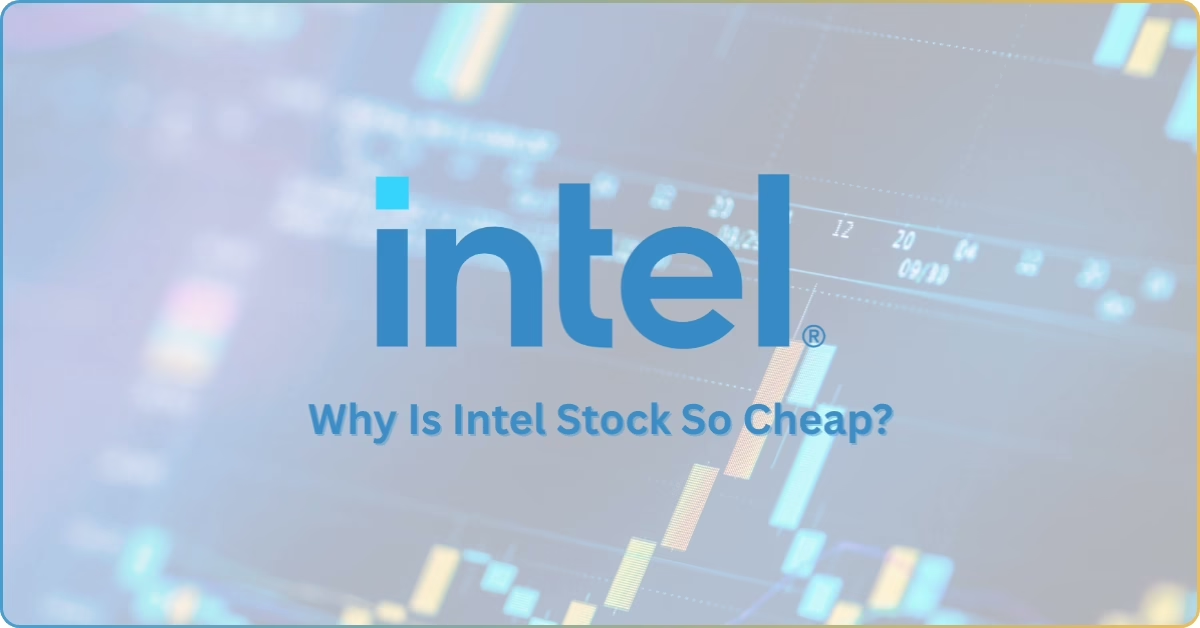News has the power to move the forex markets in dramatic ways.
However, diving into news-based trading isn’t always a walk in the park. It requires a good understanding of how different news events impact currency prices and how to react quickly when volatility spikes.
In this TRU Insight, we’ll explore how news shapes the forex market, break down the most important types of news you should watch for, and give you some practical tips to make smarter decisions during those high-energy market moments.
How to Trade Forex on News Releases
News moves the market, especially the forex market!
As we’ve established in the previous lesson, news is a fundamental force behind market movement. It causes sudden spikes and dips, and is one of the major reasons why the forex market is so volatile.
When trading the news, it also means taking advantage of the market’s volatility during a news event.
News has significant impact on currency values, often leading to quick and sizable price movements. However, trading during these times require solid understanding of the events themselves and how they influence the markets!
How Different News Impacts the Forex Market
Not all news are the same. Some news events are known to have more direct and immediate impacts on currency pairs, while others have indirect effects.
As we’ve mentioned in the previous lesson, here are some major news events that directly affect the forex market and quick tips on how to trade them.
Interest Rate Decisions
Interest rate decisions are one of the most influential catalysts of currency price movements.
When a central bank raises or lowers interest rates, it directly affects the attractiveness of a country’s currency.
Higher interest rates typically result in more foreign capital, boosting the demand for the currency!
For instance, the market is expecting the US Federal Reserve (Fed) to hold interest rates. However, the Fed suddenly an interest rate hike!
The market is pleasantly surprised and the USD could strengthen as traders anticipate higher returns on US investments.
When central banks raise rates unexpectedly, consider going long on the country’s currency. On the other hand, if a cut is announced, consider going short.
Employment Rates
Employment rates provide data on the number of jobs added to the economy. That is, the more people with purchasing power that can make the economy move. Often, a stable high employment rate leads to interest rate hikes!
The employment rate report is a key indicator of the health of a country’s labor market, and often leads to significant volatility.
If the employment rate shows higher-than-expected job growth, and if other economic indicators are on the green, the country’s currency might strengthen as traders anticipate a growing economy (and a potential interest rate hike).
When a country releases a strong employment rate, consider buying a currency pair with the local currency as the base currency.
Inflation Rates
Inflation data, such as the Consumer Price Index (CPI), measures the change in the price of goods and services within a given period.
For instance, Malaysia’s CPI was 2.3% in 2024, lower than the overall inflation of 2.5% in 2023. As a result, the Malaysian Ringgit (MYR) depreciated due to lower inflation.
If inflation is higher than expected, traders usually go long on the currency because because they anticipate a potential rate hike.
Conversely, if inflation is lower than expected, traders will consider going short, expecting a dovish response from the country’s central bank.
Gross Domestic Product (GDP)
The Gross Domestic Product (GDP) represents the total value of all goods and services produced by a country in a given period.
A strong GDP growth report usually signals a healthy economy, and often a positive sentiment from investors!
For instance, a higher-than-expected GDP growth figure might boost investor confidence in the country’s economy, leading to a stronger currency!
For instance, Saudi Arabia has seen a significant boost in investor confidence because of its high GDP, coupled with business-friendly economic reforms.
In 2022, Saudi Arabia’s GDP grew by 8.7% and ranked 24th in Kearney’s Foreign Direct Investment Confidence Index in 2023.
For reference, the USD/SAR pair closed at SAR 3.7530 by the end of December 2021. By the 4th quarter of 2022, after the GDP announcement, the exchange rate reached a new peak of SAR 3.7650.
Geopolitical Events
Political instability, elections, and geopolitical tensions can all lead to unpredictable fluctuations in currency values.
Uncertainty surrounding a political event often causes investors to sell off assets, including currencies of those countries experiencing instability.
For instance, if a political crisis erupts in the Eurozone, the euro will most likely weaken as traders seek safer assets, such as the US dollar or Japanese Yen.
Traders might find themselves going short on their euros in exchange for safer assets.
Understand Market Expectations
Remember in our previous lesson, we discussed what Directional Bias is?
Well, consider the general directional bias of most traders in the world — that’s market expectations.
Before a news release, the market forms expectations about the outcome. These expectations are often based on consensus forecasts by analysts.
For instance, when central bank announces interest rate changes, the market might already anticipate a hike or cut, depending on an economy’s historical and present context.
Why Understanding Context is Important
An important skill learned over time is learning how to assess the context of a news report.
Assessing the context of news when trading forex is is important because it provides us the background needed to understand the full picture of news!
For instance, knowing context can help identify any biases in reporting, especially in times of misinformation.
Understanding context also helps you identify which news is is important, how it affects the world around you, and how it affects the forex market.
It also provides you with historical background that explains the significance of current events!

